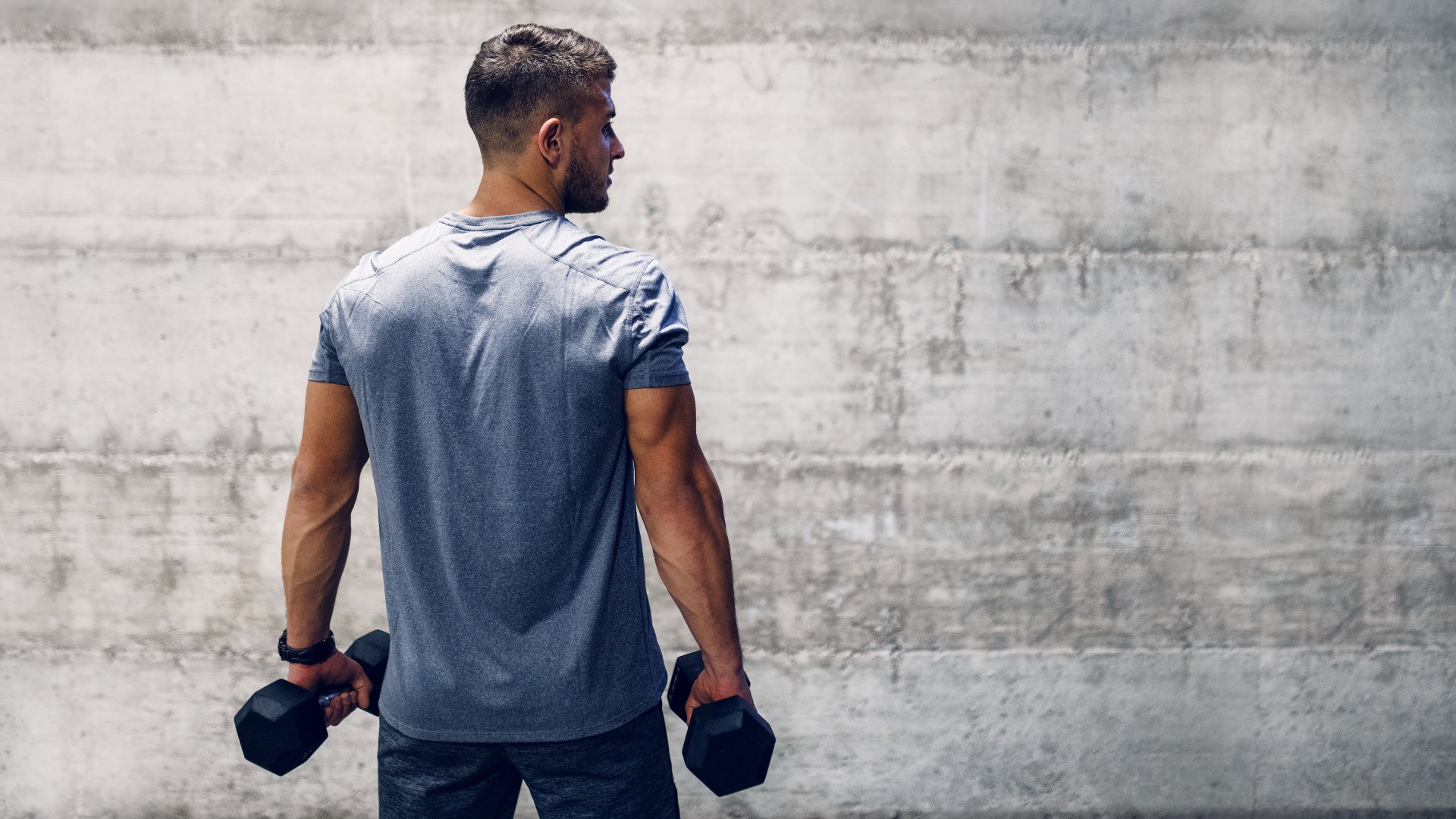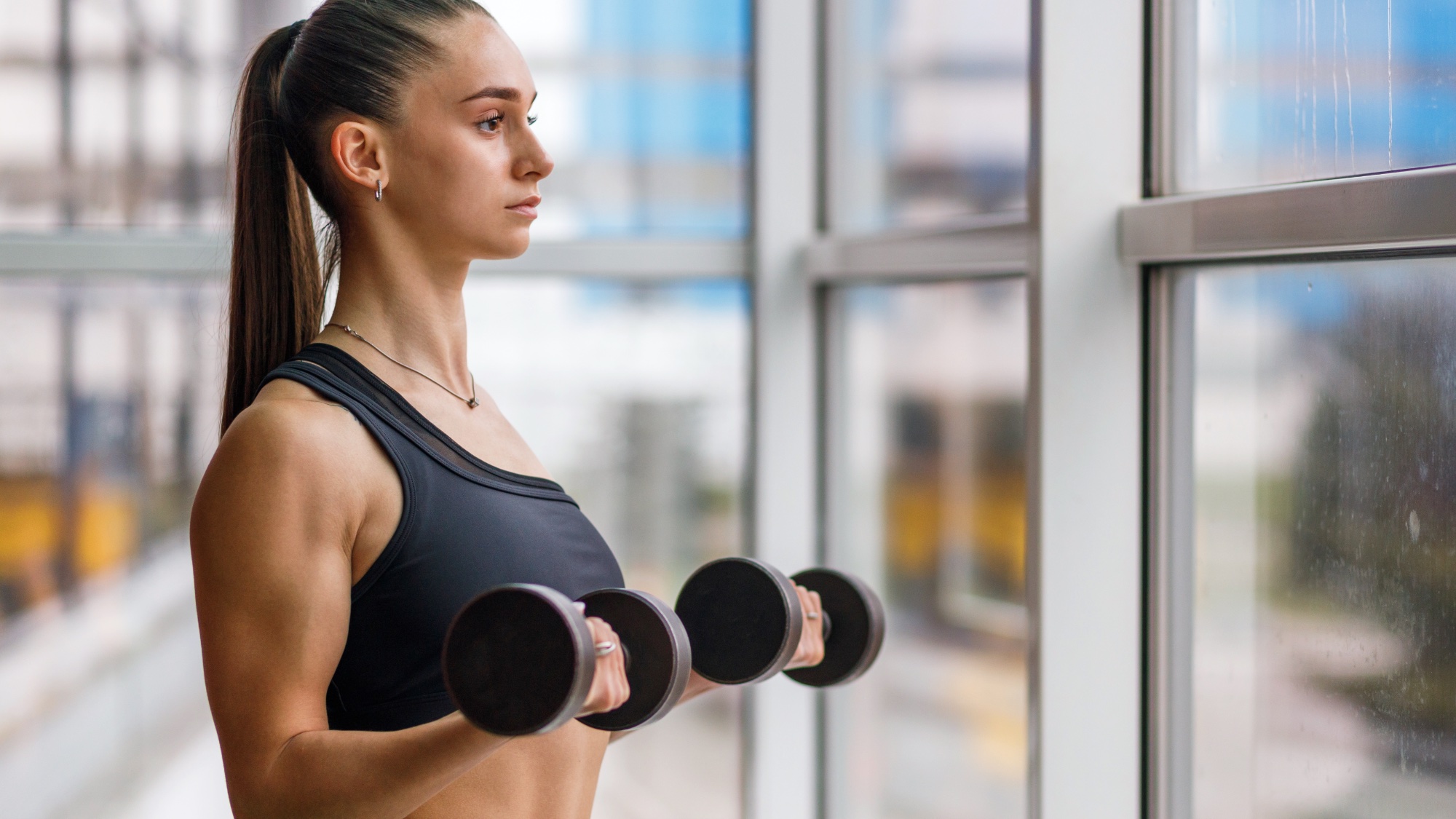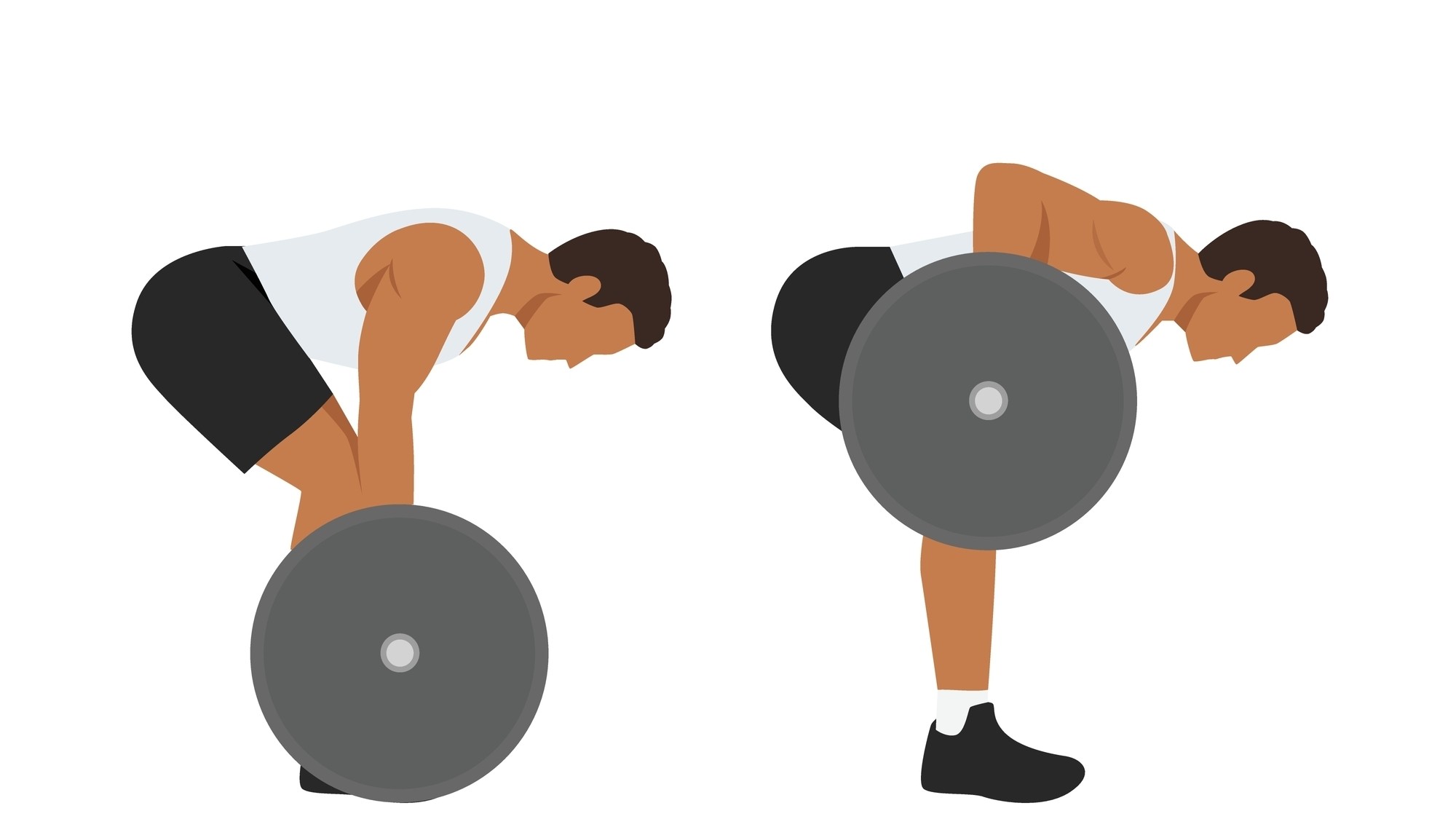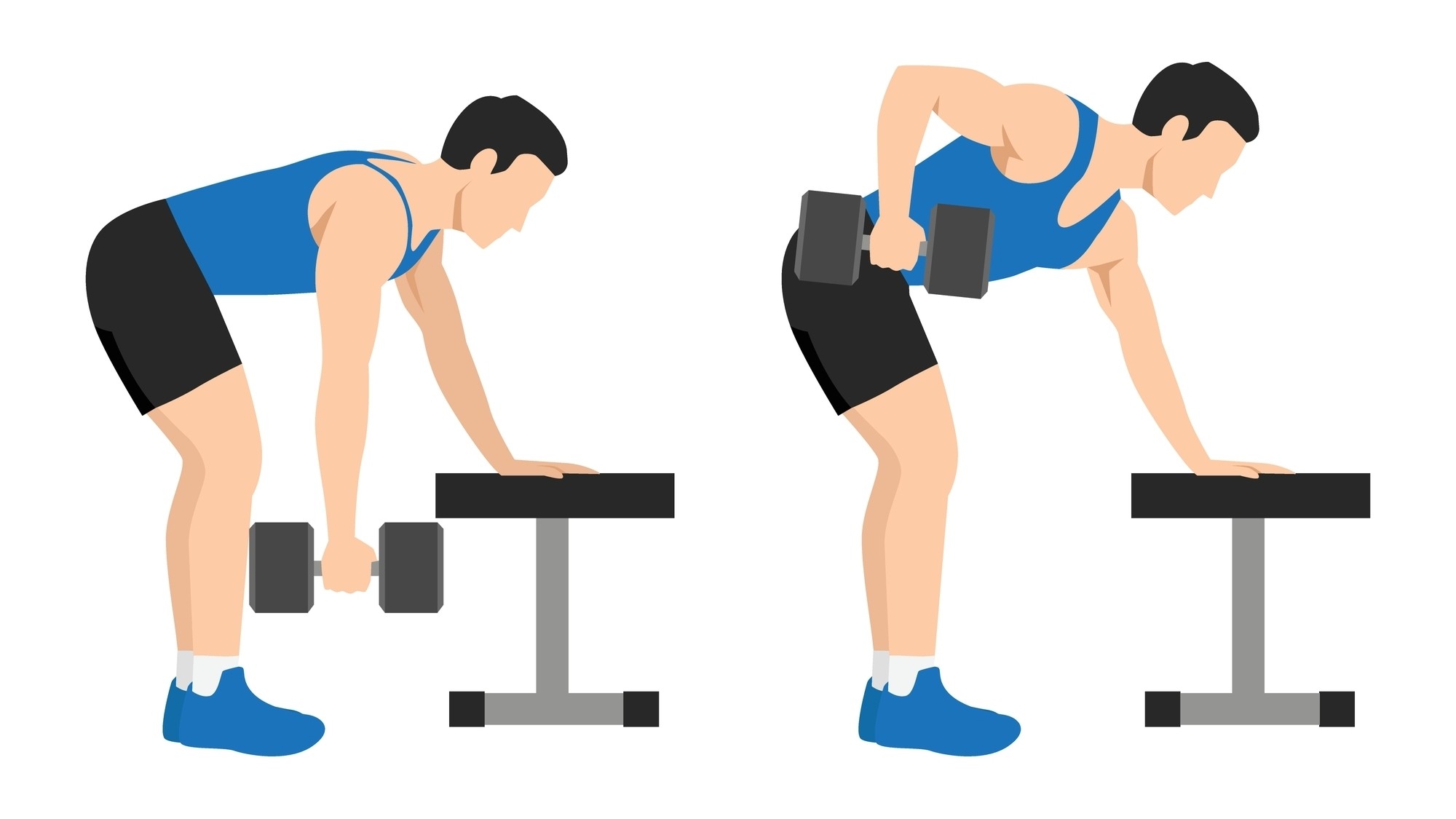
You can target and strengthen your biceps using these three strength exercises — without bicep curls. The short routine takes only 15 minutes to build your biceps, and all you need is a set of the best adjustable dumbbells to get it done.
As with all arm workouts, honing your biceps and triceps can create a sculpted and toned shape, but it’s not all about aesthetics. You’ll want to build strength in the arm muscles to help you lift heavier weights during resistance training and help you function during daily activities like pulling, pushing and lifting.

Your biceps are active during pulling exercises and curling motions, so the three strength exercises below tap into these movement patterns to help you build and strengthen your biceps. Here’s how to do them and a three-move back and biceps workout to try.
3-move biceps workout using dumbbells
This biceps workout uses a mix of compound exercises (multi-joint and multi-muscle exercises) and isolation (single-joint exercises that target one muscle group, like bicep curls). Isolation exercises help fatigue the smaller muscle groups such as the biceps, which are subject to tiring quicker than big and powerful groups that include the back muscles.
Your back and biceps make a perfect pairing, as pulling exercises naturally recruit your posterior chain — including the back muscles — and the biceps, which act as synergistic muscles that help you perform the pulling movement.
The workout below features two compound exercises utilizing pulls and one isolation exercise using a variation on the curl to burn out the biceps. We offer some scaling options below, plus how to do each move.
1. Biceps static hold

Isometric contraction means holding your muscles under tension without them shortening or lengthening. Even holding for as little as 30 seconds can fatigue your arm muscles, so start with 10-20-second holds, then add time as you get stronger.
How:
- Start in the bicep curl position, holding a dumbbell in each hand using an underhand grip
- Position your forearms at elbow height, elbows bent
- Roll your shoulders back and pull them down, maintaining a straight back and proud chest
- Engage your core muscles and squeeze your arms. Hold the position.
You can stand or kneel, depending on which you prefer. Avoid arching your back as the position gets harder to maintain.
2. Dumbbell Pendlay row

The Pendlay row is a popular row technique that involves lifting the weights from the floor each rep so that you shift a dead weight. The variation prevents the lifter from using momentum to row the weight.
How:
- Start with your dumbbells on the floor outside your feet, feet hip-width apart
- Hinge at your hips, sending your bum behind you, and softly bend your knees
- Lower your chest parallel to the floor with a flat back and neutral spine
- Grip the dumbbells using a neutral grip (palms facing each other)
- Squeeze your back, pull your shoulders back and down and engage your abs and back
- As you exhale, pull the dumbbells with power, driving your elbows back toward your hips
- Pause, squeezing your shoulder blades together, then lower the dumbbells to the floor and reset.
You can check out the key differences between the Pendlay row vs barbell row to help you decide which variation is best for you.
3. 3-point dumbbell row

Eccentric loading has been found by studies to have a significant impact on lean muscle mass growth. We’ve slowed down the eccentric portion of this row to maximize the time your muscles spend under tension and harness the powerful pulling motion as you row.
How:
- Position a weight bench in front of you and hold a dumbbell in your right hand
- Stand with your feet just wider than hip-width apart, hinge forward at your hips, then place your left hand on the bench. Your chest should be nearly parallel to the floor and back flat without rounding the spine
- Engage your core. Row the dumbbell toward your hip with power, then slowly lower it for the count of 4 seconds
- Complete your reps, then switch arms.
3-move biceps workout to try with dumbbells
EMOM: Every Minute On the Minute x 5 rounds
Dumbbell biceps static hold x 50 seconds
Dumbbell Pendlay row x 8-12 reps
3-point dumbbell row x 6-8 reps per arm
Adjust the reps if you struggle to complete them before the 45-50 seconds mark. Allow for 10-15 seconds of rest. You’ll start a new exercise every minute, completing five rounds (one round is three minutes).
Bottom line
To grow muscle, workouts will most often follow hypertrophy principles by gradually increasing overall volume and manipulating various exercise factors. You could add load, reduce rest, or adapt sets and reps. For this workout, we want you to choose a weight that doesn’t compromise your form but ensures the last few reps feel tough to complete. You’ll lift at a percentage of your maximum weight, providing the muscles with enough mechanical tension to grow.
If you’re cruising through the reps, you’re either not lifting at a challenging enough weight or using a full range of motion to keep your form tight. If you repeat the workout, you can gradually overload the muscles using some of the techniques above.
The workout isn’t a traditional biceps workout full of curls — the biceps are powerful flexors that can be targeted during isolation moves, static holds and support compound exercises that hit your back muscles, so we’ve gone bigger and better by targeting more muscle groups at once. That means your biceps are active during a range of exercises like deadlifts, bent-over barbell rows and pull-ups.







